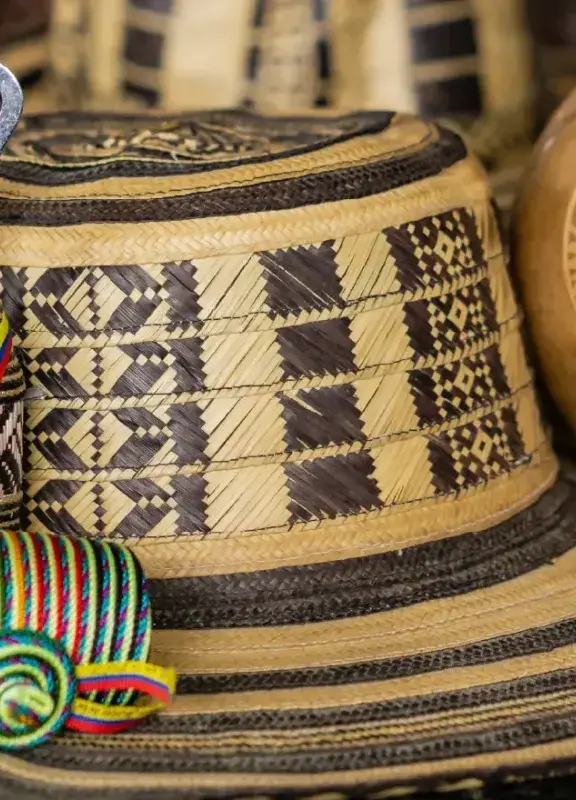Food from the countryside: Colombian diversity
Explore how Colombia's geographic diversity allows for the cultivation of a wide variety of foods in each region and learn more about this fascinating agricultural richness!
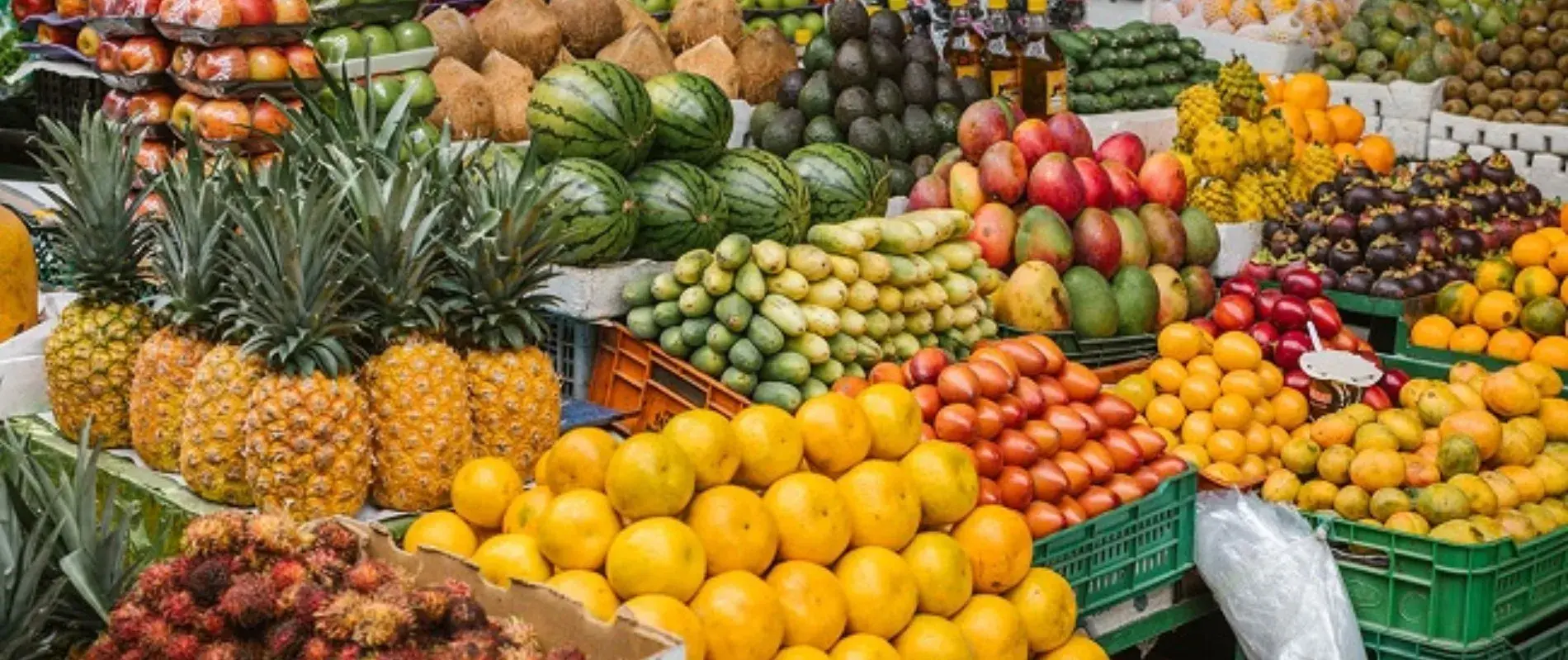
The country of beauty is a place of landscapes and climates that favor an extraordinary agricultural diversity. Each region boasts a great wealth of crops and native products with different types of fruits, vegetables, grains, and tubers that showcase the variety of foods from the Colombian countryside. In this article, we invite you to explore the crops found in each region of Colombia and discover what these foods mean in their respective territories, how they influence local culture, and how the landscapes of each region are reflected in the products the land offers.
Greater Colombian Caribbean
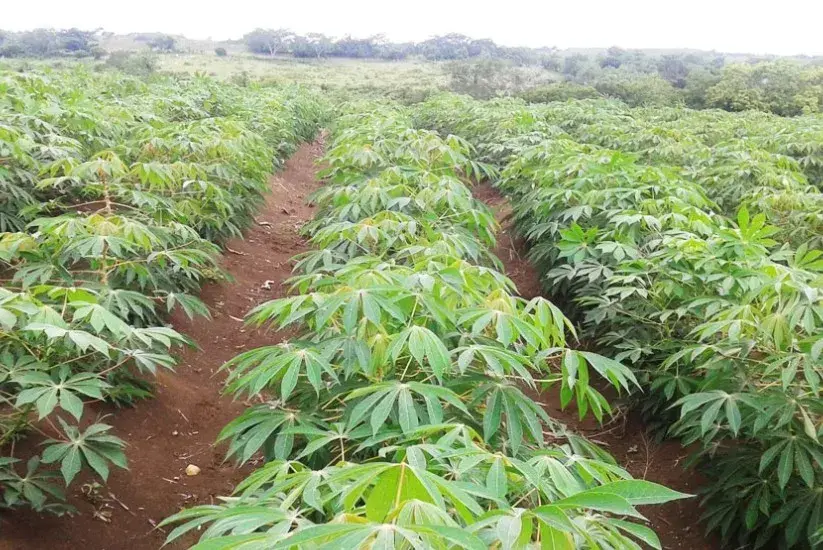
In the Gran Caribe Colombiano region, cassava and coconut are fundamental to local gastronomy, especially in areas like La Guajira and Magdalena. Cassava, which grows in warm, dry lands, is a key ingredient in traditional dishes such as cassava arepa and cassava bread. Its cultivation has been passed down from generation to generation, becoming an essential element of the region’s cultural identity. In Magdalena, the variety of crops like banana, citrus, and oil palm reflects the agricultural diversity that characterizes this area.
On the other hand, the warm climate and landscapes of the region, combining tropical coasts and arid lands, have enabled the development of different crops. Additionally, the fertility of the soils, combined with their water richness, supports a diverse and abundant agricultural production that meets the needs of the area’s inhabitants.
Western Colombian Andes
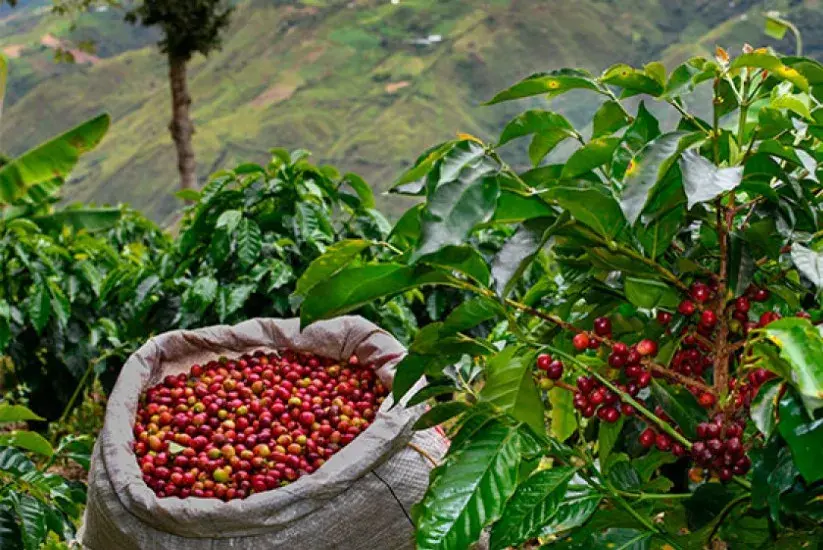
In the Andes Occidentales Colombianos, agriculture has a deep tradition reflected in the region’s crops. In departments like Cauca, countryside products such as plantain, panela cane, citrus, corn, and cocoa are cultivated. However, one of the most iconic crops in this area is Colombian coffee, which has gained worldwide recognition for its smoothness and unique flavor. The combination of soils and microclimates typical of the Andes Occidentales favors the production of high-quality coffee, making it one of the most treasured agricultural gems of the country.
Coffee cultivation not only represents the natural wealth of the region but is also a symbol of the cultural identity of the farmers, who have passed down their knowledge and passion for coffee from generation to generation. Thus, coffee from the Andes Occidentales Colombianos is a benchmark in the international market and an emblem of the connection between landscapes, agriculture, and Colombian culture.
You may be interested in: Flavor, tradition, and smoothness: a journey through Colombian coffee
Colombian Pacific
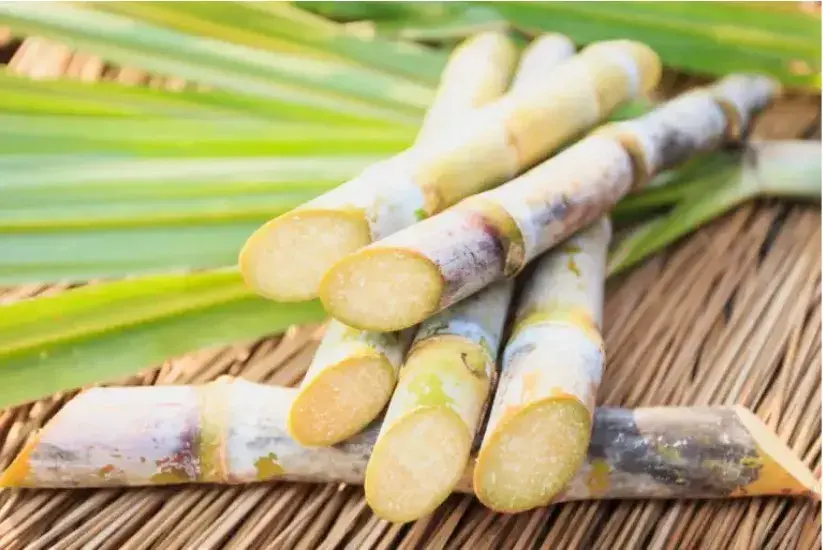
The Valle del Cauca is one of Colombia’s main agricultural engines, standing out for sugarcane production, as well as crops like coffee, Hass avocado, plantain, grapes, and a wide variety of tropical fruits. Each of these foods has a deep connection with the cultural identity and landscapes of the region.
The Hass avocado has become a symbol of agricultural innovation in the area; plantain and grapes are essential in local gastronomy; while tropical fruits represent the diversity of the warm climate that characterizes the Valle.
Thanks to its warm climate and fertile lands, the region has solidified its reputation as an agricultural and livestock benchmark, allowing Vallecaucanos to enjoy a wide variety of high-quality products. Thus, the Valle del Cauca positions itself as a vital hub for national agriculture, integrating landscapes, culture, and biodiversity into an exceptional agricultural offering.
Eastern Colombian Andes
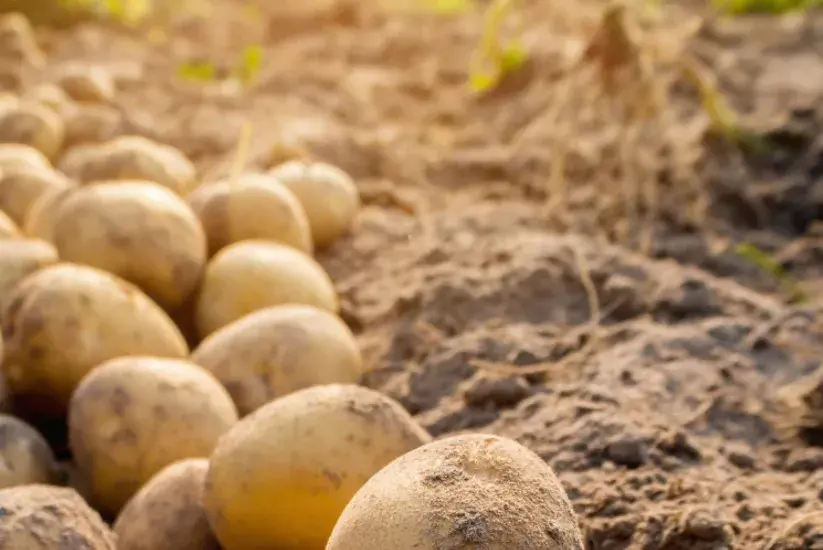
The potato is the emblematic product of the Boyacá countryside, a region known for its fertile lands that support a wide agricultural diversity. In addition to potatoes, the Andes Orientales Colombianos feature crops like onion, uchuva, pitahaya, quinoa, and a varied production of corn.
In Cundinamarca, vegetables, tubers, and grains are produced, while in Santander, oil palm and pineapple are common. Each of these foods reflects the richness of the soils and the farmers’ ability to adapt to the region’s geographical and climatic conditions.
The potato, as a symbol of Boyacá tradition, mirrors the connection between farmers and the land. Thus, this region establishes itself as a key pillar of national agriculture, contributing a wide variety of fresh, high-quality products that represent Colombia’s agricultural diversity.
The Colombian Massif
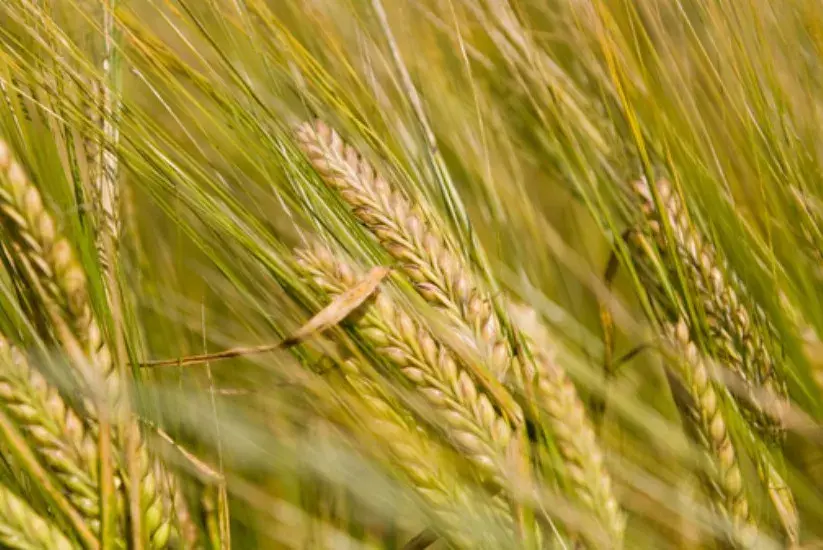
In the Nariño department, products like corn, wheat, barley, peas, carrots, and greenhouse tomatoes are cultivated, reflecting the region’s connection to its fertile land and geographical diversity. In Huila, crops such as sugarcane, coffee, plantain, soursop, cocoa, and rice are essential to the region’s culinary and cultural traditions. In Tolima, mango is used in typical dishes that reflect the influence of the warm climate and fertile lands.
The climatic and geographical diversity of this region supports abundant agricultural production, establishing it as a fundamental pillar of Colombian agriculture. The crops, beyond ensuring internal supply, enrich local culture, making the region an example of how countryside products intertwine with landscapes and traditions.
The Colombian Amazon-Orinoco
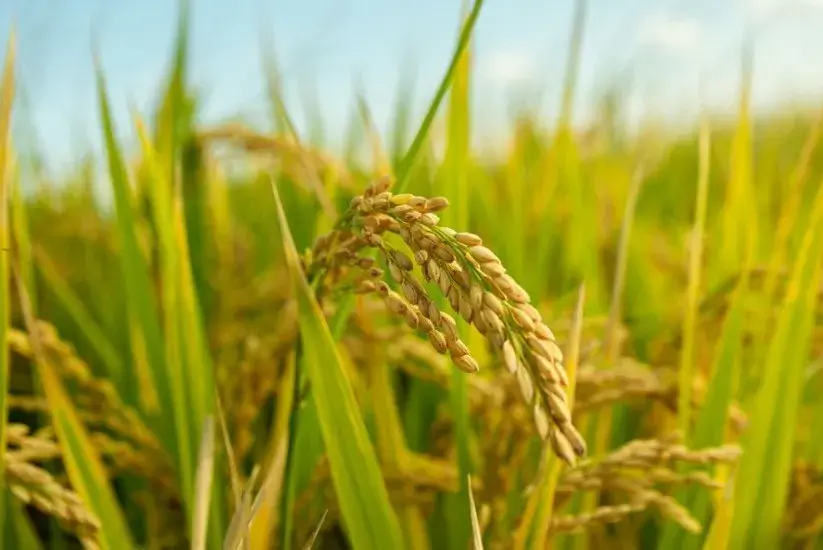
In this region of vast plains and landscapes, a wide variety of products from the Colombian countryside are cultivated, from rice, plantain, sugarcane, and corn, to orange, guava, passion fruit, and eggs. Each of these foods reflects the country’s agricultural richness and is deeply tied to the surrounding landscapes: rice and corn, grown in the plains, are staples of the traditional diet and represent the connection between rural communities and fertile land; plantains and sugarcane symbolize the abundance and warmth of tropical lands; while fruits like orange, guava, and passion fruit reflect the freshness and climatic variety of the region, enabling the cultivation of high-quality tropical products.
Undoubtedly, the diversity of climates and landscapes makes Colombia an ideal place for agricultural development, ensuring high-quality foods. Each region of the country of beauty offers unique products that keep traditions and local culture alive, making its production a reflection of the country’s richness and diversity.
 Welcome, you are in
Welcome, you are in 




